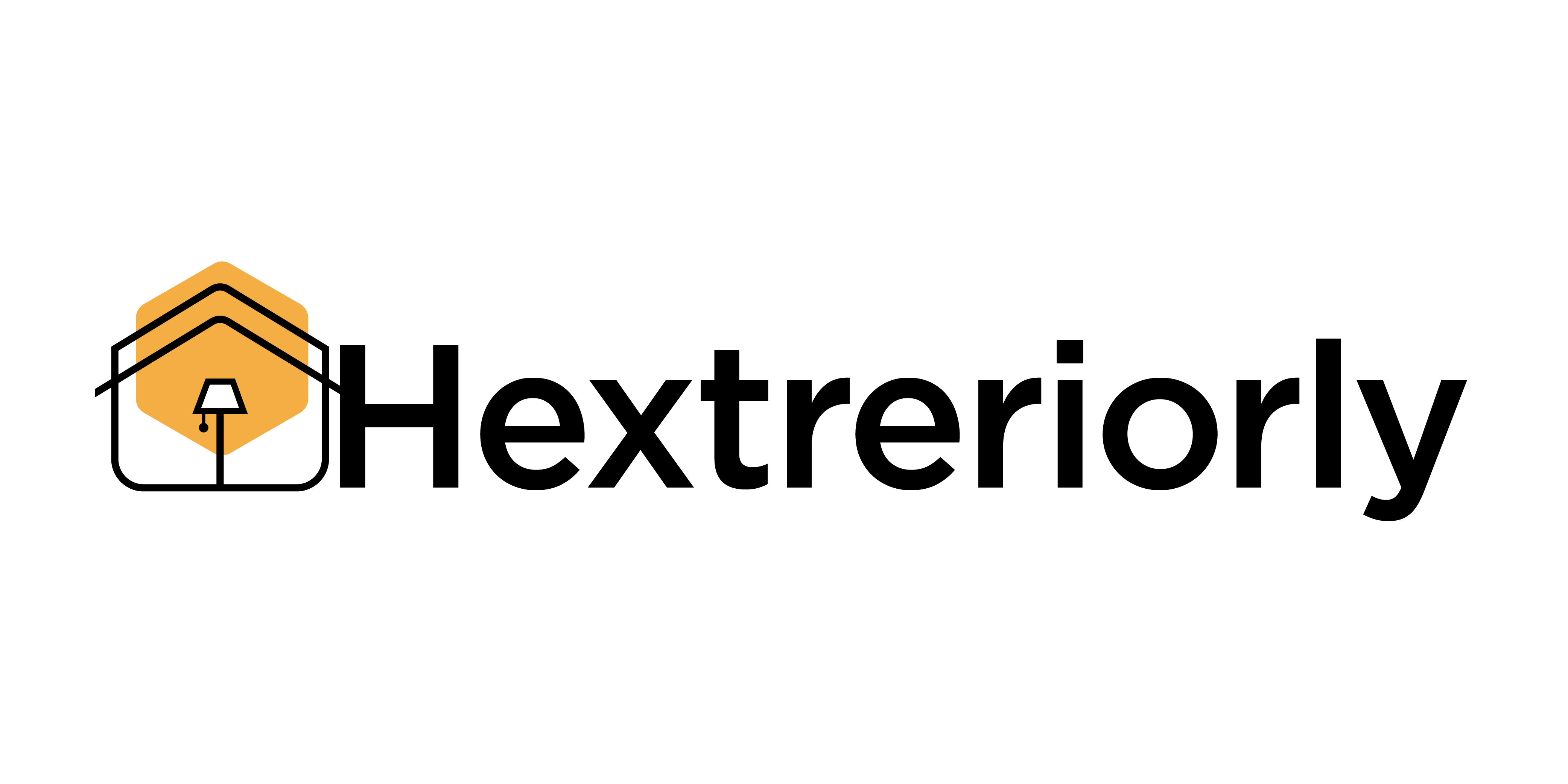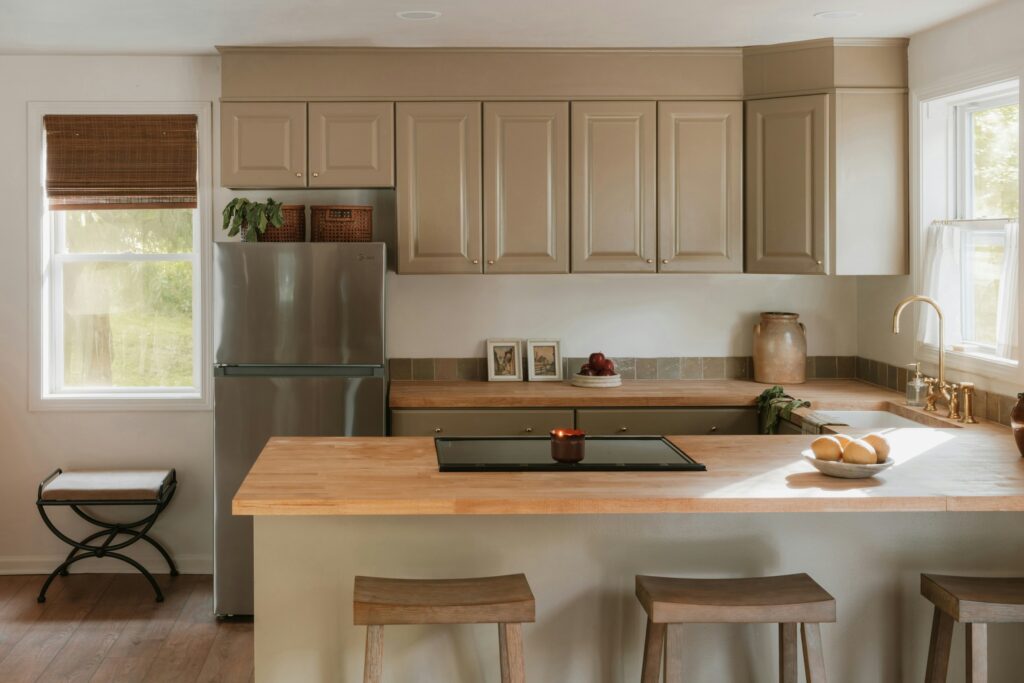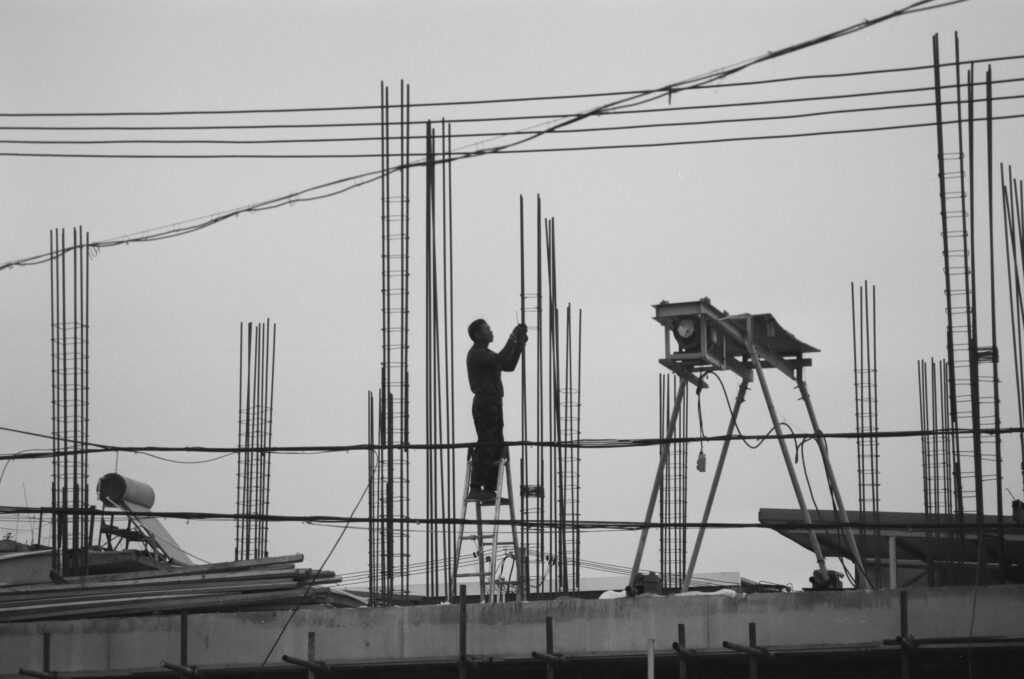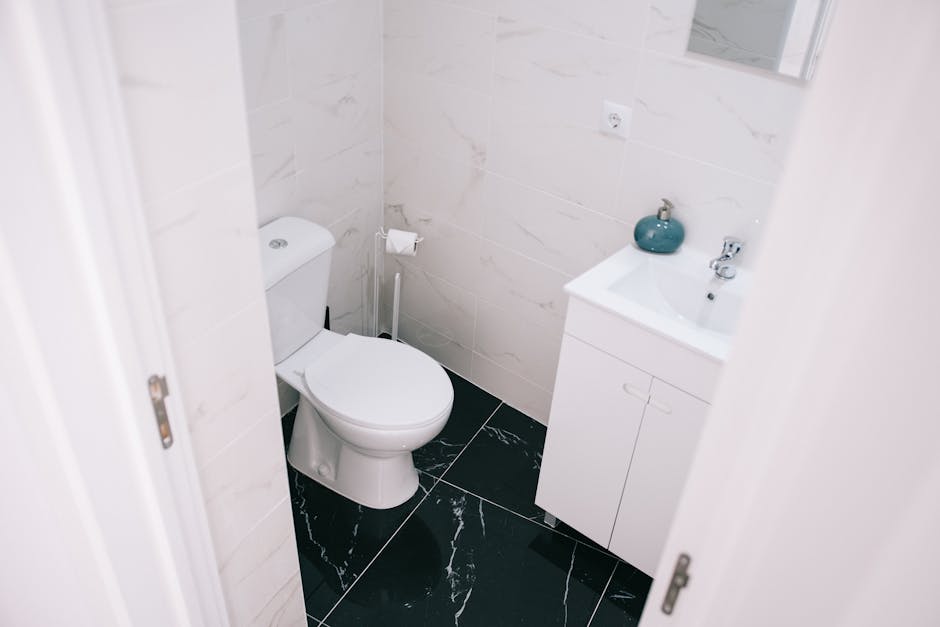In a housing market that’s tighter than ever, smart renovations aren’t just about making your place look better. They’re strategic moves. Homeowners are leaning into upgrades that pull double duty—improving day-to-day living while adding resale value down the line.
Buyers in 2024 are looking for functionality and flow. Energy-efficient features, smarter kitchens, multi-use spaces—these updates aren’t fluffy extras anymore. They’re expected. Small changes like upgrading insulation, adding a second bathroom, or refreshing a tired kitchen can stretch your home’s value in ways that cosmetic fixes can’t.
It’s no longer enough to follow trends for trends’ sake. High ROI projects are rooted in utility. Think: adding square footage where it matters or modifying your layout for better light and movement. If you’re going to spend, spend where it solves a problem.
Renovation in this climate is about playing the long game. Every dollar should be working for you, not just now, but when it’s time to sell.
Designing Bathrooms That Sell
When it comes to bathroom renovations, not all upgrades carry equal weight with buyers. To add real value and appeal, it’s essential to know where to invest and what current preferences are dominating the market.
Where to Splurge: High-Impact Features That Matter
Focusing your budget on the right upgrades can maximize both functionality and resale appeal. These three areas are where buyers tend to notice and appreciate quality:
- Vanities: A sleek, modern vanity with ample storage is both practical and visually impactful. Consider double sinks in master baths for added appeal.
- Tilework: Stylish, well-laid tile can elevate the look of the entire space. Choose neutral tones or bold patterns based on the home’s overall style.
- Smart Fixtures: Motion-activated faucets and programmable showers aren’t just trendy—they speak to convenience and tech-savvy living.
Walk-In Showers vs. Bathtubs: What Buyers Want Now
Market preferences are shifting.
- Walk-in showers are increasingly favored for their accessibility, modern look, and efficient use of space. Frameless glass enclosures and large-format tiles enhance appeal.
- Bathtubs still hold value in family homes, especially for households with young children. However, in secondary or smaller baths, many buyers prefer walk-in showers.
Tip: If possible, maintain at least one tub in the house to appeal to a broader range of buyers.
Sustainability Sells: Water and Energy-Saving Features
Eco-conscious upgrades are no longer niche—they are expected.
- Water-saving toilets and faucets: Low-flow fixtures reduce utility bills while meeting buyer expectations for sustainability.
- Energy-efficient lighting: LED vanity lights, dimmable overheads, and motion sensors can make a big impression while lowering energy use.
Smart, eco-friendly upgrades not only help the environment but also give your home a competitive edge in the market.
Forget the glossy magazine kitchens. In 2024, smart renovators are skipping sky-high budgets and opting for mid-range updates that actually function. These aren’t cheap shortcuts—they’re thoughtful choices that prioritize value over luxury. Swapping out dated countertops for quartz or butcher block, upgrading cabinet hardware, and investing in quality (but not top-of-the-line) appliances is where the real payoff lies.
Material choice matters. Think durable and timeless: composite sinks, matte finishes, and engineered surfaces that don’t stain or chip easily. These updates look sharp but won’t blow your entire budget.
Function is non-negotiable. Reworking cabinet layouts for better storage, adding task lighting, and optimizing counter space gives your kitchen more purpose and less Pinterest fluff. It’s not sexy, but it works—and that’s the point.
Renovating doesn’t have to turn your life inside out. Before you knock down a wall, read this: Plan your kitchen renovation without stress.
Improving the bones of a home isn’t flashy, but it pays off. Upgrading insulation, swapping out old windows, and investing in high-efficiency HVAC systems all add up to real, long-term savings. Over time, lower energy bills more than justify the upfront costs.
Solar panels are also moving from niche to norm. Homebuyers are starting to see installed systems as a bonus, not a burden. In markets where energy is expensive, listings with solar often sell faster and at a premium. Still, results vary based on location and system age, so it’s not a guaranteed boost.
Meanwhile, government incentives are sweetening the pot. Tax credits, rebates, and local grants are making eco-friendly upgrades more affordable. But these programs shift often, and some are time-limited. For homeowners on the fence, it’s a strong reason to act while the deals still stand.
Curb appeal gets noticed before the door swings open. First impressions happen at the sidewalk, and if the outside looks tired, people assume the inside probably does too. The good news? You don’t need a full renovation to make it pop.
Start with landscaping. Clean lines, fresh mulch, and hardy plants can make a front yard feel curated without blowing a budget. Raised beds, some trimmed shrubs, and a border of stone or brick go a long way.
Then look at the front door. A fresh coat of paint in a bold but classic color—navy, black, forest green—makes a huge visual impact. Swap dated handles for sleek hardware. Don’t forget lighting. One good fixture at the entry, maybe two path lights, and suddenly the house feels more expensive.
Small fixes add up. And when it comes to vlogging or real estate, good curb appeal isn’t just pretty—it’s strategy.
Maxing Out the Space You Already Have
You don’t need a full remodel to make your space work harder. Attic and basement conversions are back in style—not just as storage upgrades, but as full-on content studios, gaming dens, editing rooms, or quiet getaways to plot the next video drop. The key is utility, not polish. A bit of soundproofing and decent lighting can go further than you think.
Open floor plans are still popular, but creators aren’t swinging hammers like they used to. A few smart tweaks—portable backdrops, flexible lighting rigs, or rearranged furniture—can reshape a space without demolition. It’s more about optimizing visuals and audio zones that can shift with your day.
And yes, the garage is having its moment. Turning it into a gym, office, or guest suite doesn’t just help your vlogs—it can boost your life. These spaces tend to be isolated enough for better sound control, and they often come with the kind of grit that makes for a more authentic setup.
Vlogging in 2024 is less about chasing perfection and more about making your home work for your content schedule. Simplify where you can, and shoot where it counts.
When renovating with resale in mind, it’s easy to go overboard. Personal taste doesn’t always align with buyer appeal. A purple-tiled bathroom might be your dream, but it’s probably a dealbreaker for someone else. Keep it clean, neutral, and broadly appealing—you’re building value, not just decorating.
Context matters too. Look at what sells in your neighborhood. Upgrades that make sense in a luxury zip code might fall flat somewhere else. If everyone has hardwood floors and energy-efficient appliances, skipping those could set you back.
Lastly, prioritize wisely. Kitchens and bathrooms are well-known ROI drivers. High-end lighting or smart home gimmicks? Not so much. Flashy doesn’t always mean valuable. Focus on improvements that hold up in the market and make buyers’ lives easier.
Start small. If you’re trying to make it in the vlogging space—or launch any monetized content play—don’t burn cash or time on flashy campaigns or overbuilt gear on day one. Figure out what works by testing content in tight loops. Short series. Light edits. Simple calls to action.
Plan well. That doesn’t mean overthinking. It means having a basic weekly cadence, understanding who you’re talking to, and building toward scalable systems. Treat your vlog like a business—because it is one.
And always, always know your numbers before you demo anything. That means more than just view counts. Track retention. Engagement. Conversion if you’re selling merch or promoting affiliates. Before you pitch to brands or launch a course, you need to prove that your channel isn’t just cool—it performs.


 As the co-founder of drhextreriorly. Tylisia Rothwyn plays a central role in shaping the platform’s mission and voice. With expertise in tech strategy and future-focused digital solutions, she delivers in-depth articles that explore innovation, cybersecurity, and transformative technologies. Tylisia’s leadership and editorial vision drive the site’s reputation as a reliable source for high-quality tech knowledge.
As the co-founder of drhextreriorly. Tylisia Rothwyn plays a central role in shaping the platform’s mission and voice. With expertise in tech strategy and future-focused digital solutions, she delivers in-depth articles that explore innovation, cybersecurity, and transformative technologies. Tylisia’s leadership and editorial vision drive the site’s reputation as a reliable source for high-quality tech knowledge.

